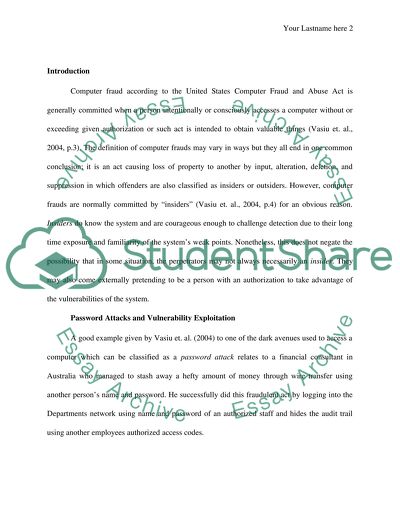Cite this document
(“Information Systems Audit and Control: Computer Fraud Essay”, n.d.)
Retrieved from https://studentshare.org/information-technology/1507028-computer-fraud
Retrieved from https://studentshare.org/information-technology/1507028-computer-fraud
(Information Systems Audit and Control: Computer Fraud Essay)
https://studentshare.org/information-technology/1507028-computer-fraud.
https://studentshare.org/information-technology/1507028-computer-fraud.
“Information Systems Audit and Control: Computer Fraud Essay”, n.d. https://studentshare.org/information-technology/1507028-computer-fraud.


